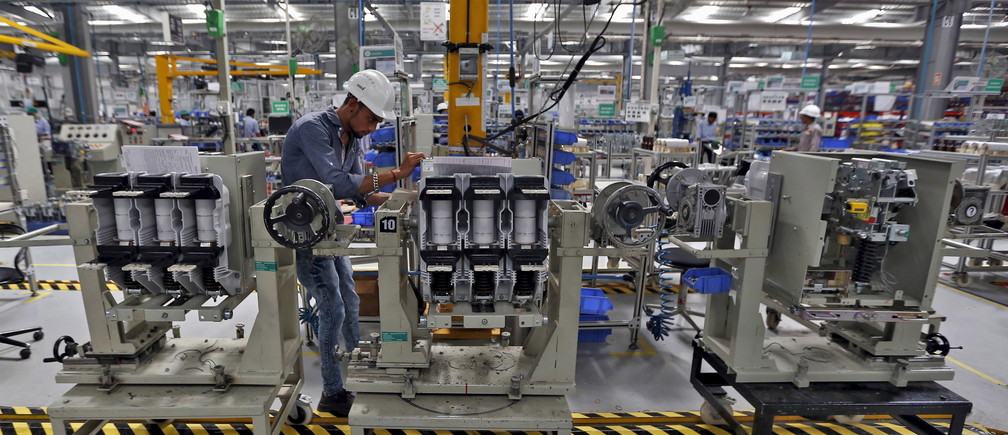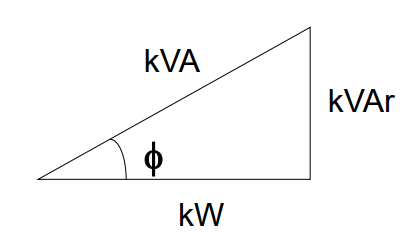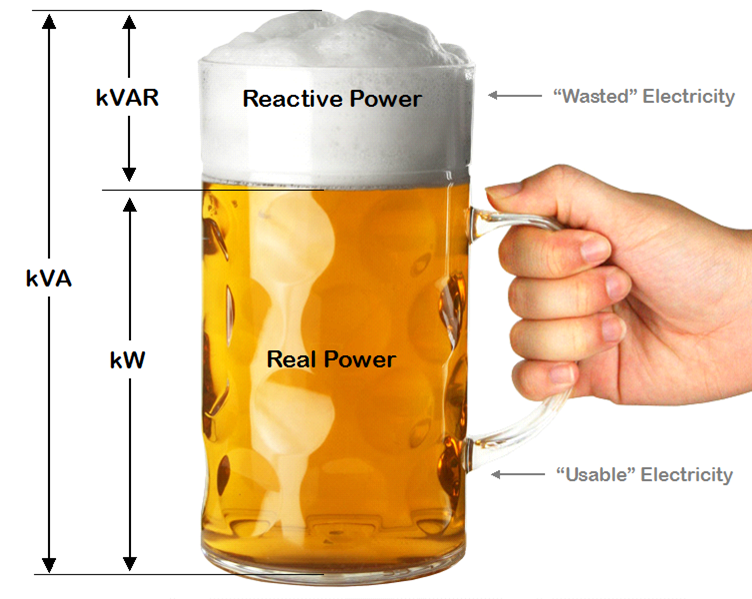Are you considering efforts to reduce the electricity cost in your plant? Do you require extra power for a plant upgrade, but without having to change the existing electrical supply?
If you answered ‘Yes!’, then you will appreciate this NEW series on power factor correction.
In this informative 2-part read, we begin by outlining what power factor is. In the second article, we will discuss power factor correction and how it is performed to achieve a maximum power factor of 1 (unity).
What is the Power Factor?
The power factor is a ratio between the true/active power (kW) and the total apparent power (kVA) that is consumed by an AC electrical equipment, or a complete electrical installation.
It is used to measure how efficiently electrical power is converted to useful work output. Under ideal conditions, a value of 1 represents maximum efficiency, and anything less than that requires more power to perform the actual task.
A power factor of 0.8 represents more losses in the system and will ultimately cost the consumer more. If a power factor is less than 1, the ‘missing’ power is referred to as reactive power (kVAR). Reactive power is required to provide a magnetising field that is needed for motors and other inductive loads. An improvement in the power factor will significantly reduce losses since they are proportional to the square of the current.
The power factor is expressed in two ways:
- Power Factor (pf) = Active power (kW) / the total power (kVA)
- The cosine of the angle (j) between the useful power and the total power.
pf = cos(j)
The above diagram represents the power triangle.
The Beer Analogy
Beer is used to explain the power factor. As seen in the image below, the beer represents the active power (kW). This is the useful power, which is the energy that performs the actual work.
The foam is the reactive power (kVAR) and represents the wasted or lost power. It is the energy that is produced but is not doing any work. Depending on the application, the result of this energy is either heat or vibration.
The mug represents the apparent power (kVA) which is the total amount of power that is being delivered by the utility.
What are the Sources of Reactive Power?
- Motors
- Power transformers
- Welding machines
- Electric arc furnaces
- Inductors
- Lighting ballasts
Why Improve the Power Factor?
The following are the benefits of improving the power factor in your plant:
- Reduction in the electricity bills.
- Allows for there to be extra KVA available from the existing supply.
- Reduction in I2R losses in transformers and distribution equipment.
- Reduction in the voltage drop experienced.
- Equipment lifespan will be extended as the electrical burden on cables and electrical components will be reduced.
Learn more
In the next article, we discuss how to perform power factor correction.
Can’t wait until then?
CHAT to us, we can offer you the best technical advice on our range of solutions for power factor correction and energy management solutions.




